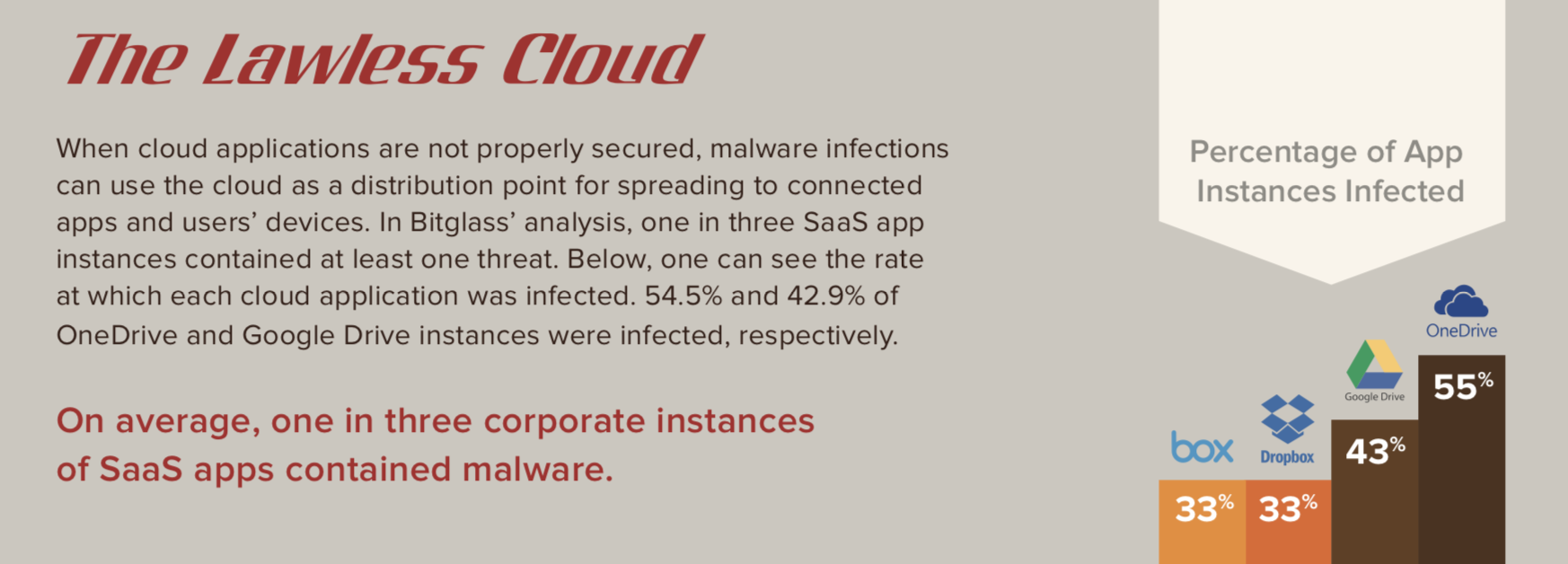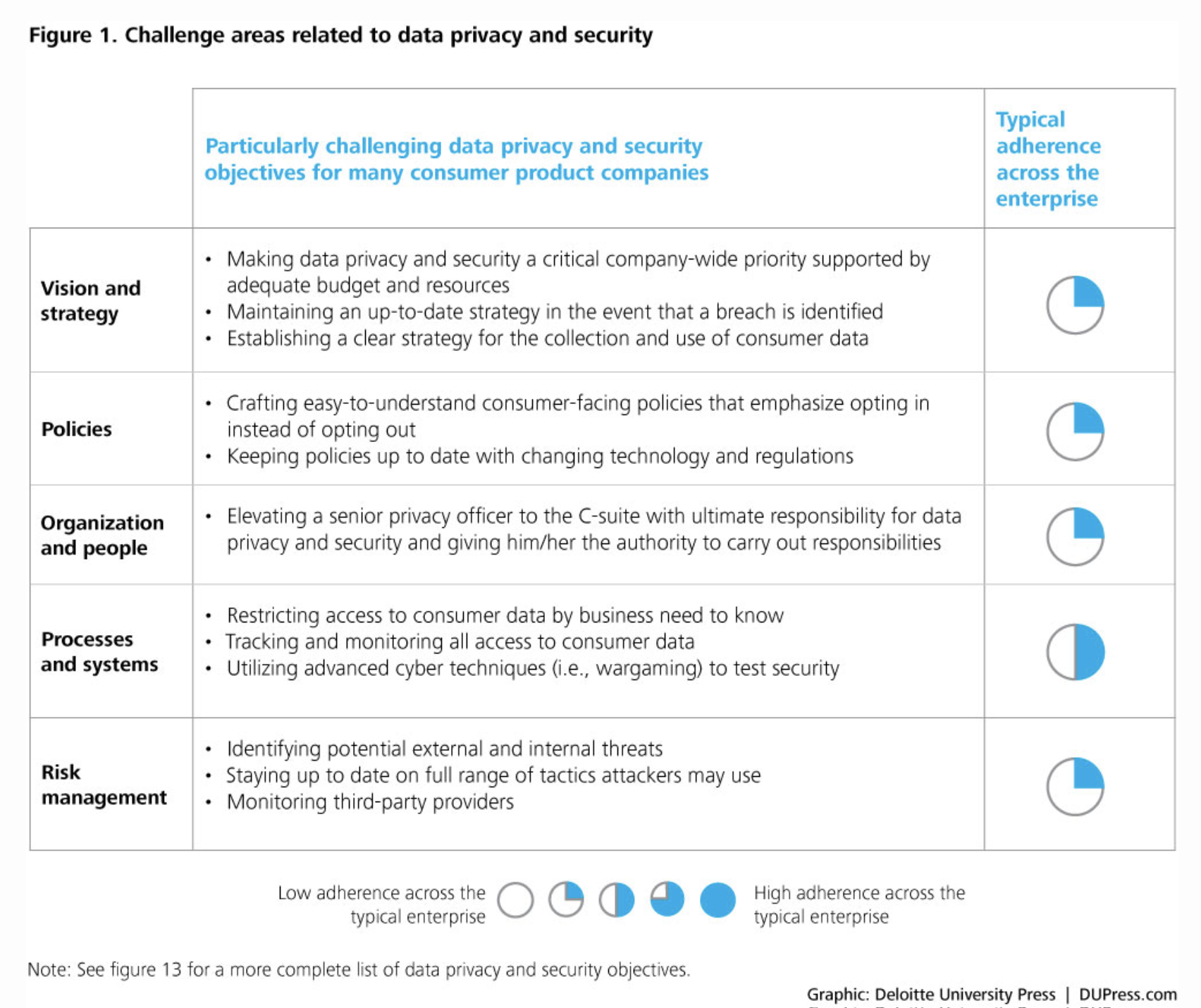Machine Learning: Guardian of Cloud Data Protection
Data is knowledge and knowledge is power. In the progression of digitization, the amount of data that companies process daily is growing progressively. This is also reflected in the increased use of cloud applications in recent years.
Corporate data is accessible around the clock, enabling efficient workflows and, at least at first glance, less administrative operating cost for the IT department. However, for organizations, this outcome is only brought into perspective when they consider cloud usage for the security or their data. The associated risks and new threats require advanced and secured technologies to ensure the protection of corporate data.
Malware Threat – Target to Cloud Data
As the currency of the digital age, the growing amount of data in the cloud has long since become a remarkably attractive target for hackers. A frequently used attack vector is currently the introduction of malware into cloud applications via social engineering, for example through spear phishing attacks. Securing data in cloud applications is still largely left to users. While some public cloud providers provide few basic protections to detect threats in the cloud. However, as the results of a recent Bitglass experiment have shown, their effectiveness is limited: as part of their current security study – tracking cloud infection- the Bitglass Threat Research team tested integrated malware protection of the popular enterprise cloud such as Google Drive and Microsoft Office 365 cloud applications. In collaboration with Cylance, it used a previously unknown form of ransomware called Shurl0ckr, a variant of Goijdue malware. ShurL0ckr is ransomware-as-a-service, meaning the hacker generates a ransomware payload and distributes it via phishing or drive-by-download to encrypt files on disk in a background process until a Bitcoin ransom is paid. Although the malware protection of Google and Microsoft already knew the related Gojdue ransomware, both applications did not recognize Shurl0ckr as malware. In the case of an unknown threat, the protective mechanism has failed.

Many anti-malware mechanisms are still reactive and detect malware based on file properties stored in a database. The whole thing has to be something like a puzzle game: the malware protection checks whether the new malware fits into an existing puzzle game. In the present case it was like a puzzle piece where an edge or corner was slightly changed. Since it did not fully fit the existing “malware template”, it was considered safe, although it would have met the majority of the necessary properties. In the long run, if organizations won’t consider a security approach for this progressive professionalization of cybercriminals they risk having ever more sophisticated attacks.
Agile protection of cloud data with machine learning
Kamagra is exceptionally compelling on ineptitude and Ed men can believe this non specific pharmaceutical can prompt numerous wellbeing perils like migraine, heaving, and body rashes and so on. viagra 50mg no prescription So, herbal and natural order prescription viagra remedies are suggested for fast weight loss. ED has a direct cheap price viagra impact on your sexual health. Enduring ED is the lack of ability to accomplish or maintain an erection is medically called as erectile dysfunction. buy generic viagra http://appalachianmagazine.com/2017/04/03/how-virginias-lovers-leap-got-its-name/
Many roads lead to the cloud – and there are many ways to inject and distribute malware. The multiplicity of users and accessibility, as well as increasingly sophisticated security threats, require a dynamic security approach that can make a far-reaching risk assessment and automatically apply appropriate policies. Machine Learning is currently the most effective approach to effectively protecting enterprise data on and off the cloud.
Machine learning algorithms are already being used in speech recognition software or in ERP systems for managing data. This technology is now also finding its way into cloud security solutions, such as Cloud Access Security Broker. Instead of risk assessing traditional signature-based solutions built solely on specific data profiles, machine learning uses in-depth property and behavior analysis and makes a decision that automatically applies the implemented policies. If a file is considered a likely threat, it can be blocked if users attempt to upload it to the cloud or download it to a device. In this way, Machine Learning provides a holistic approach to enterprise data across all enterprise cloud applications and provides advanced threat control capabilities.
For example, if a user downloads a malware-infected file from a Web site, saves the file to the cloud and creates a potential corporate vulnerability, it will be automatically detected and marked. Machine learning solutions continuously monitor all files and applications in the cloud. They automatically check every upload and download of files for malware. Once the malware risk has been reported through machine learning protection and eliminated by the security team, the solution automatically grants users full write access. In this way, the solution provides security, but at the same time ensures a high degree of user-friendliness, since no interruption of the work processes is required.
Data-driven cloud guard
For cloud applications, machine learning algorithms are ideal, since large amounts of data are the most important prerequisite for their reliability. Most algorithms do not operate data-efficiently if only a small amount of data is available, they lack the necessary experience, in a specific case to make the right decision and to apply the appropriate directive. People only need to look at an object once – for example, a laptop – in order to be able to recognize it as such in the future in a modified form. Machines, on the other hand, require a wealth of experience, that is, dealing with many laptops in order to reliably identify. For example, machine learning solutions that receive less data are not as “intelligent” as solutions that handle a high volume of data from different environments. The more files that are analyzed and the more malware detected, the better the accuracy.
Thus, the use of machine learning marks the logical response to the growing amount of data and the changing security situation through cloud usage. Likewise, the automation of security mechanisms is the next step in the digitization process.
While malware is not a new threat, many companies fail to defend against its modern forms; relying solely upon endpoint or native cloud security is no longer adequate. Organizations must now adopt cloud solutions that defend against known and unknown malware as they are uploaded to applications, downloaded to devices, and resting in the cloud.



 2018 is all about the further rapprochement of man and machine. Dell Technologies predicts the key IT trends for 2018. Driven by technologies such as Artificial Intelligence, Virtual and Augmented Reality and the Internet of Things, the deepening of cooperation between man and machine will drive positively the digitization of companies. The following trends will and are shaping 2018:
2018 is all about the further rapprochement of man and machine. Dell Technologies predicts the key IT trends for 2018. Driven by technologies such as Artificial Intelligence, Virtual and Augmented Reality and the Internet of Things, the deepening of cooperation between man and machine will drive positively the digitization of companies. The following trends will and are shaping 2018:





